
Thrips Flight and TSWV Risk Assessment Report – April 13, 2020
This is the second of our weekly TSWV and tobacco thrips risk assessment updates. Last week’s cool temperatures pushed …


El inglés es el idioma de control de esta página. En la medida en que haya algún conflicto entre la traducción al inglés y la traducción, el inglés prevalece.
Al hacer clic en el enlace de traducción se activa un servicio de traducción gratuito para convertir la página al español. Al igual que con cualquier traducción por Internet, la conversión no es sensible al contexto y puede que no traduzca el texto en su significado original. NC State Extension no garantiza la exactitud del texto traducido. Por favor, tenga en cuenta que algunas aplicaciones y/o servicios pueden no funcionar como se espera cuando se traducen.
Inglês é o idioma de controle desta página. Na medida que haja algum conflito entre o texto original em Inglês e a tradução, o Inglês prevalece.
Ao clicar no link de tradução, um serviço gratuito de tradução será ativado para converter a página para o Português. Como em qualquer tradução pela internet, a conversão não é sensivel ao contexto e pode não ocorrer a tradução para o significado orginal. O serviço de Extensão da Carolina do Norte (NC State Extension) não garante a exatidão do texto traduzido. Por favor, observe que algumas funções ou serviços podem não funcionar como esperado após a tradução.
English is the controlling language of this page. To the extent there is any conflict between the English text and the translation, English controls.
Clicking on the translation link activates a free translation service to convert the page to Spanish. As with any Internet translation, the conversion is not context-sensitive and may not translate the text to its original meaning. NC State Extension does not guarantee the accuracy of the translated text. Please note that some applications and/or services may not function as expected when translated.
Collapse ▲
This is the second of our weekly TSWV and tobacco thrips risk assessment updates. Last week’s cool temperatures pushed …

Managing tomato spotted wilt virus (TSWV) in North Carolina tobacco requires both pre transplant and post transplant decisions, which …
Chlorpyriphos is an organophosphate insecticide that has been the topic of recent regulatory review. The federal Environmental Protection Agency …
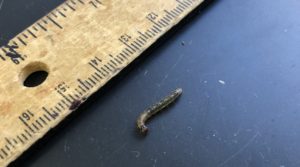
NC State Extension Area Specialized Agent Danny Lauderdale trapped the first European pepper moths last week. This is a …
Julie Hayworth-Perman | NC State University Homegrown Putting off that home remodel or waiting until the right time to add …
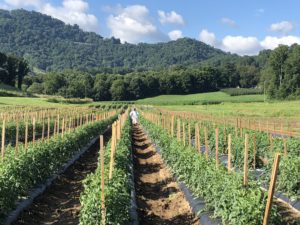
Fungicide spray guides for tomato and pepper have been updated for 2020! These guides are intended for commercial growers as …

UPDATE: In order to comply with the latest NC State University policy, the Plant Disease and Insect Clinic will now …
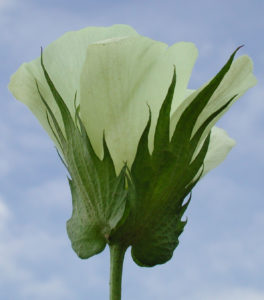
We’ve updated the NC Cotton Insect Scouting Guide with a new look and updated information. Our hope is that …

Note this article only applies to insecticides, not fungicides or nematicides. The evidence is overwhelming. Neonicotinoid insecticide seed treatments do …
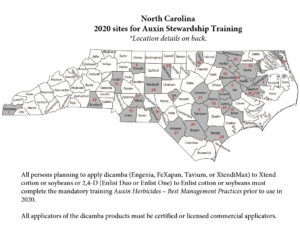
The schedule for the 2020 Auxin Herbicides-Best Management Practices training has been finalized. This training, presented by NC State …
The NC State University Plant Disease and Insect Clinic will be closing for the Thanksgiving holiday starting at 1:30 …
We recently participated in a Southern Region Small Fruit Consortium supported project led by Amanda McWhirt, University of Arkansas, …
The 71st Annual Crop Protection School will be held Wednesday, December 4, 2019, at the Johnston County Agricultural Center …

With the threat of frost looming, many people start moving sensitive plants to indoor settings. In the process, they …
This article is our last post for this grape season. Harvest is complete at all of our locations. We …
The 71st Annual Crop Protection School will be held Wednesday, December 4, 2019, at the Johnston County Agricultural Center …
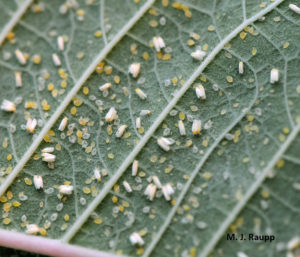
Clint Thompson | 9/13/2019 | CAES NEWS at UGA Researchers from three research institutions are using a $3.2 million grant …